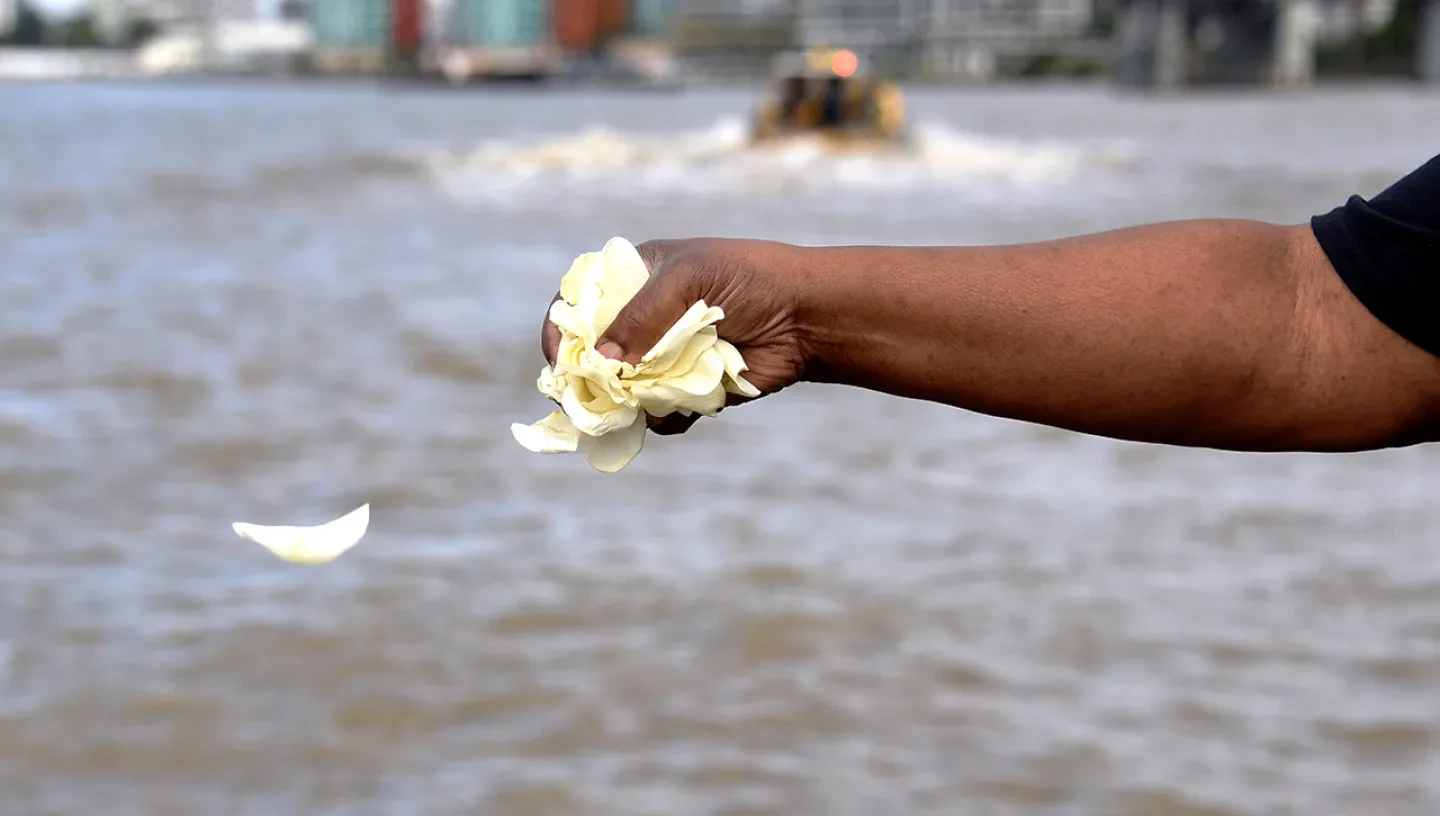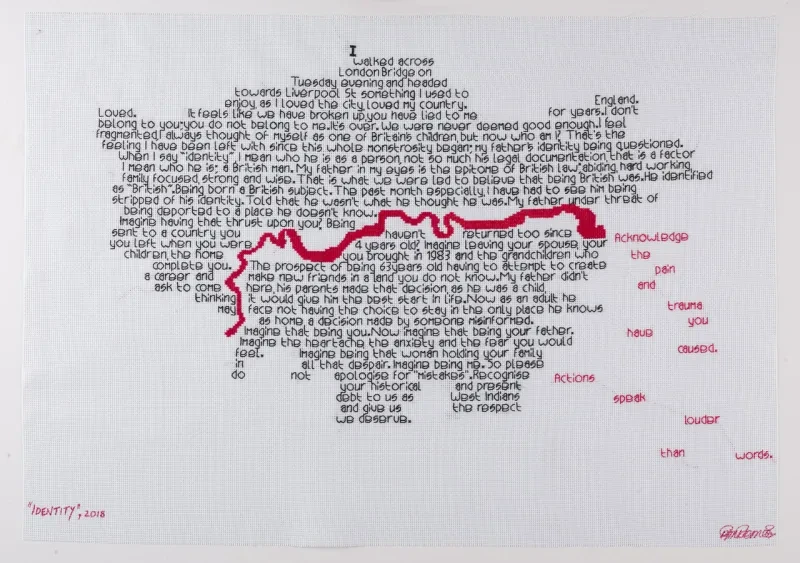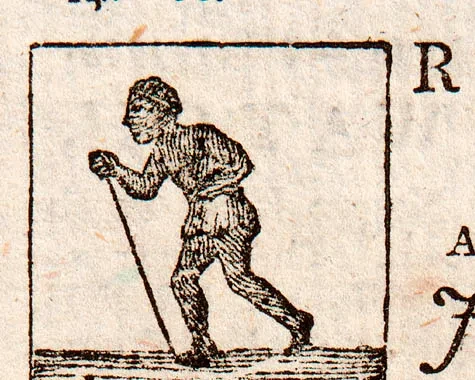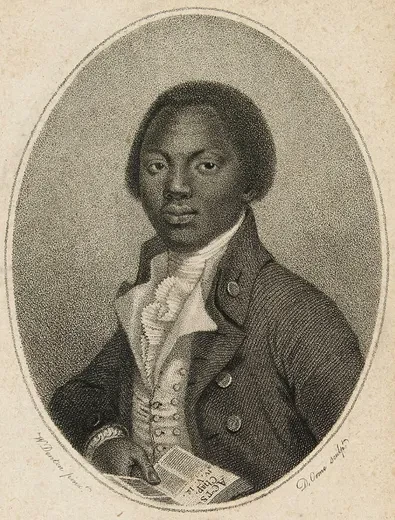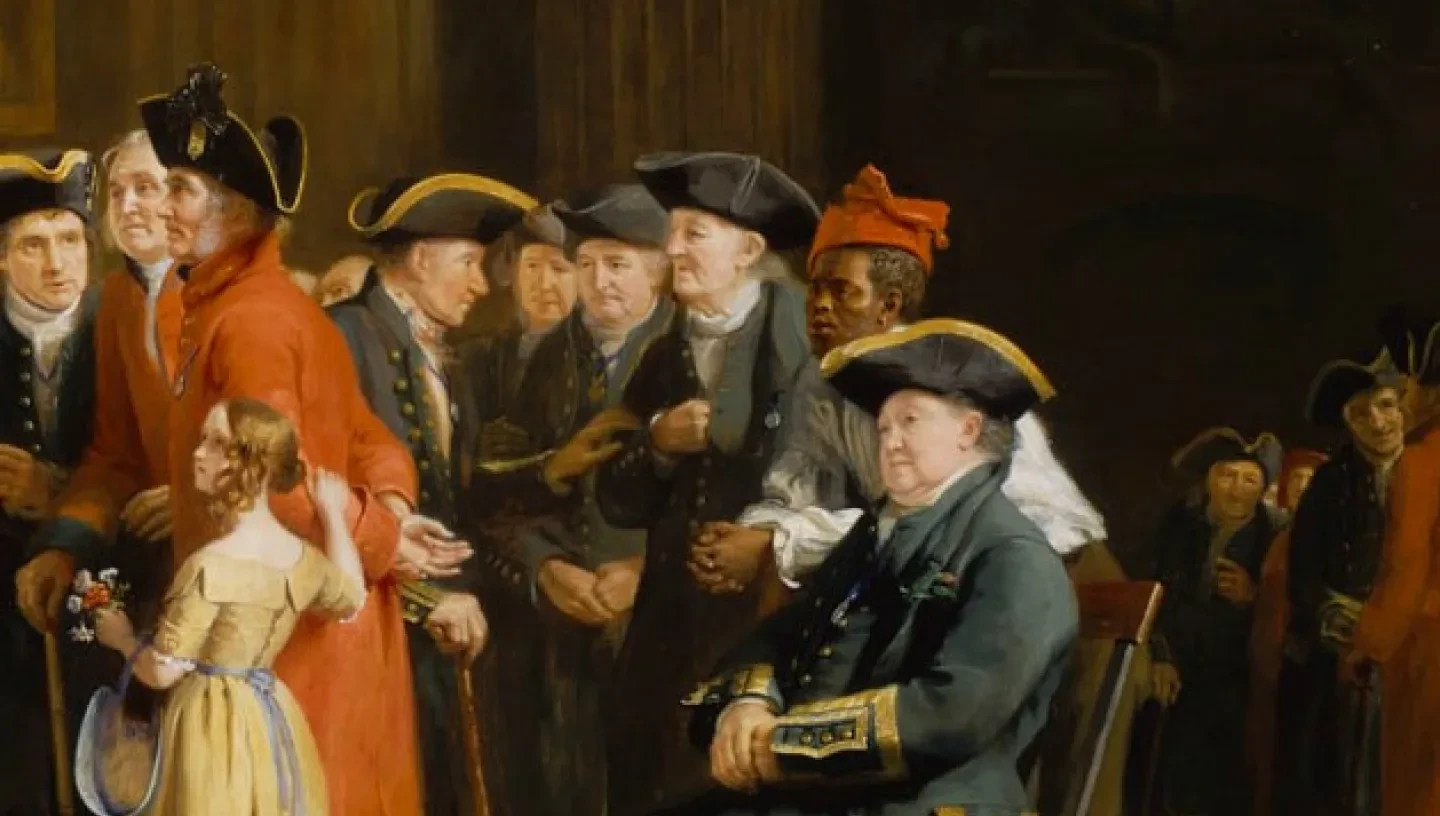
The buildings around us, of stone, glass and steel, are often records of the profits of the transatlantic slave trade.
But the landscape also holds stories of the free Black men and women who have lived and worked in Greenwich.
The interactive map below pinpoints just some of the locations key to understanding the transatlantic slave trade in Greenwich.
Click on the markers, or keep scrolling to find out more about each location.
Slave trade histories in Greenwich
Explore the map, and find out more about each location in the descriptions below.
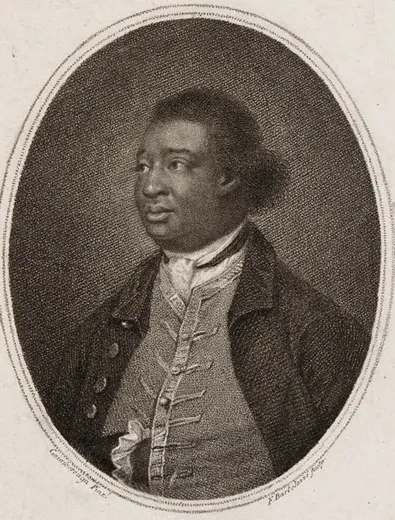
Montagu House
Charles Ignatius Sancho (c.1729 - 1780) was born on a slave ship and brought to Britain aged two, where he lived with three sisters near Montagu House. The Duke of Montagu encouraged Sancho's education and lent him books.
Sancho later worked as a butler for the Montagu family. He was a composer, actor and writer who later ran a grocery shop in central London. He was active in the early abolition movement and in 1774 he became the first Black man to vote in an election in Britain.
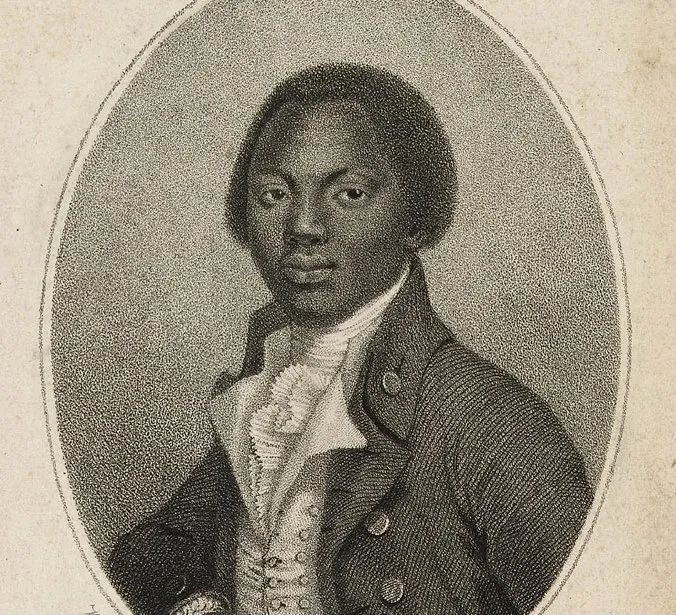
111 Maze Hill
Olaudah Equiano (c.1745 - 31 March 1797) was a public figure and a campaigner for abolition. He wrote the bestselling The Interesting Narrative of the Life of Olaudah Equiano, or Gustavas Vassa, the African, in which he recounted his kidnap and enslavement in Benin as a child. He was forced to work on naval ships before buying his freedom in 1766.
He lived and learnt to read at 111 Maze Hill when he first moved to London.
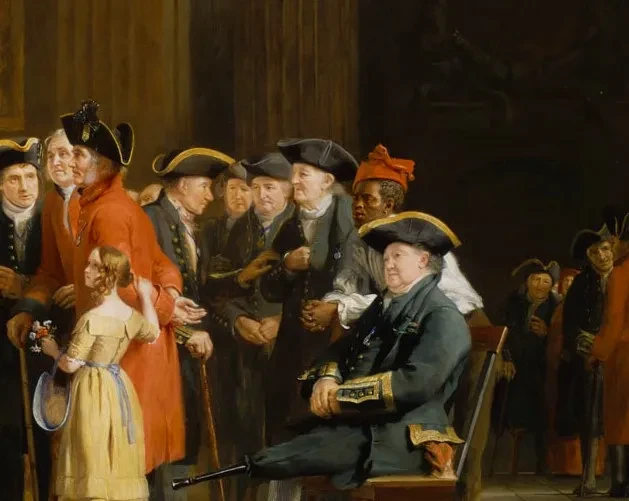
Old Royal Naval College
John Deman (c. 1774-1847) was born in the Caribbean and joined the Royal Navy aged 13, serving in ships commanded by Admiral Lord Nelson. He became a pensioner at the Royal Hospital for Seamen in Greenwich. All Royal Navy seamen who served at sea for two years were eligible to be admitted to the Hospital as pensioners.
This painting can be seen in the Queen's House.
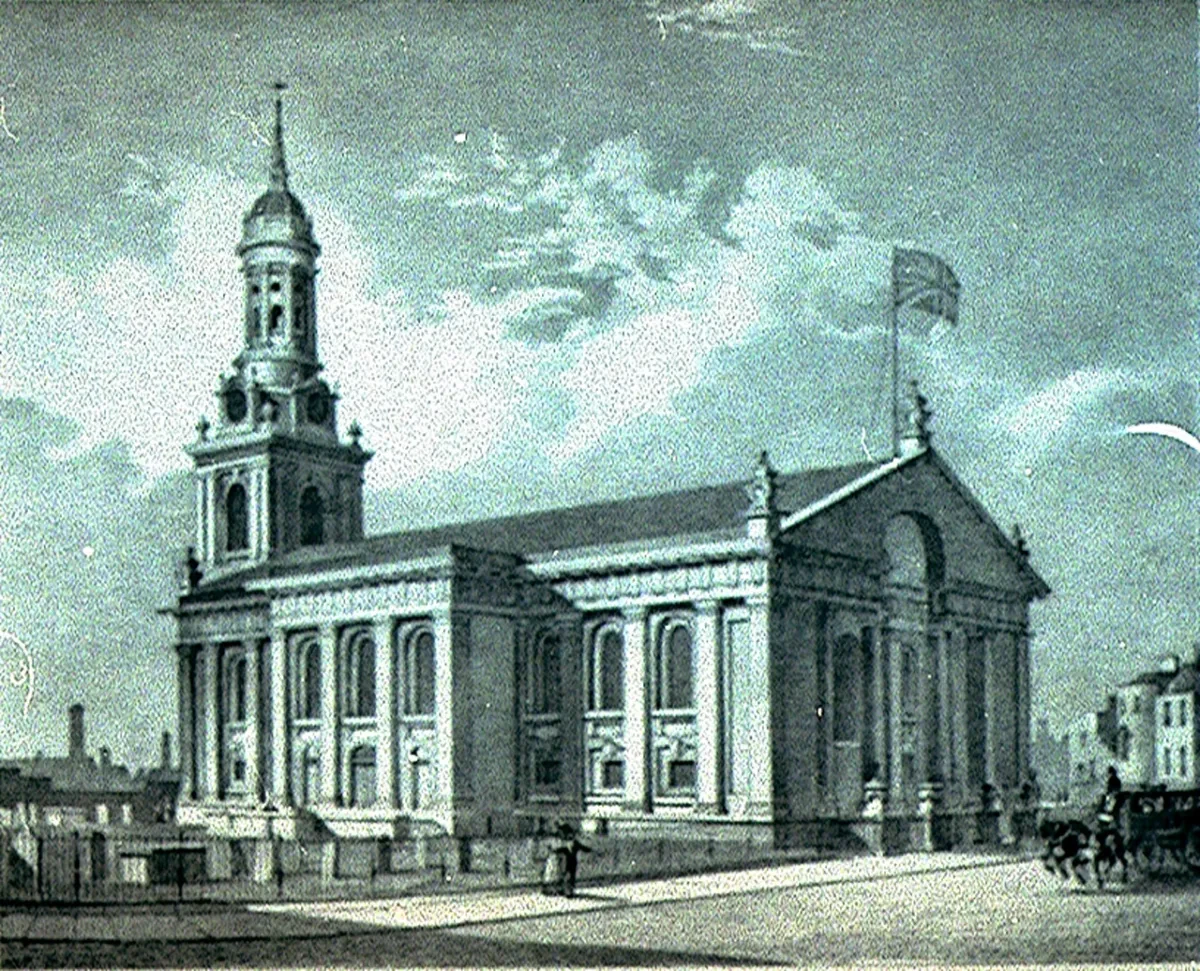
St Alfege Church
The parish records contain the details of baptisms, marriages and deaths of Black people in Greenwich and sometimes also record their employment. It was not unusual for adults to be baptised, and baptism was often associated with freedom.
Ann Unus, baptised in 1781, is described as 'American', Many Black people fought on the side of the British in the War of American Independence (1775-83) and settled in Britain afterwards.
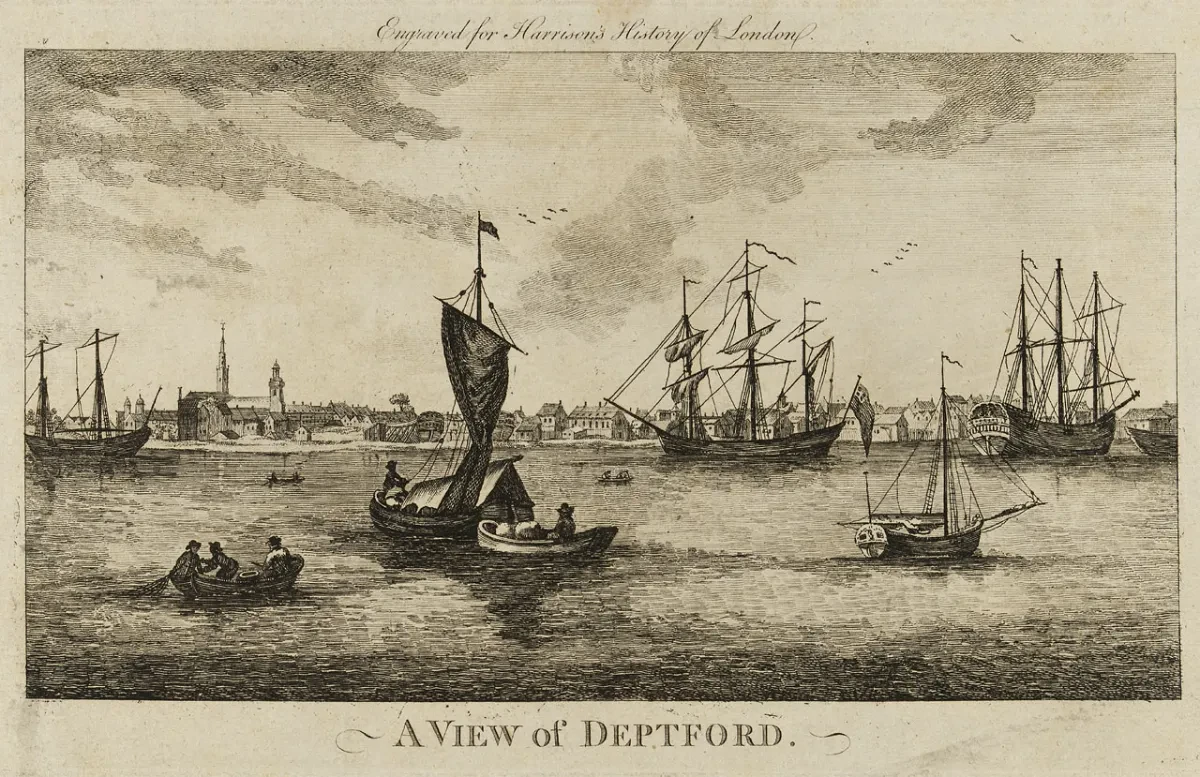
St Nicholas Church
The history of Black people in Britain can be traced back as least as far as the Roman period (3rd century AD). In the Tudor period John Blanke was trumpeter to Henry VIII, a prestigious paid position in the royal court. Henry gave Blanke 'violet cloth' for his wedding outfit. It is thought that Blanke married at St Nicholas Church in January 1512.
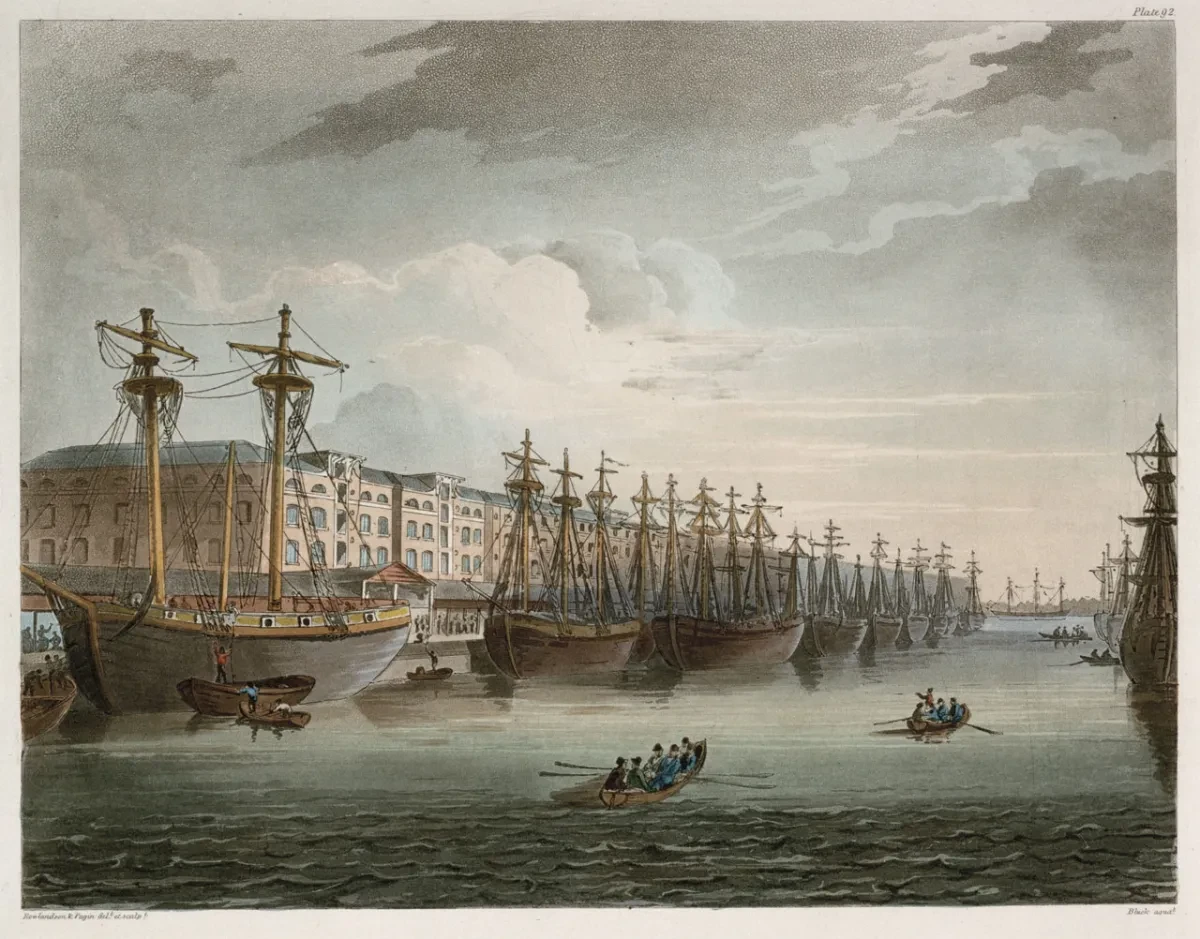
River Thames
More than 3,000 slaving voyages departed this stretch of the Thames towards Africa during the period of transatlantic slavery.
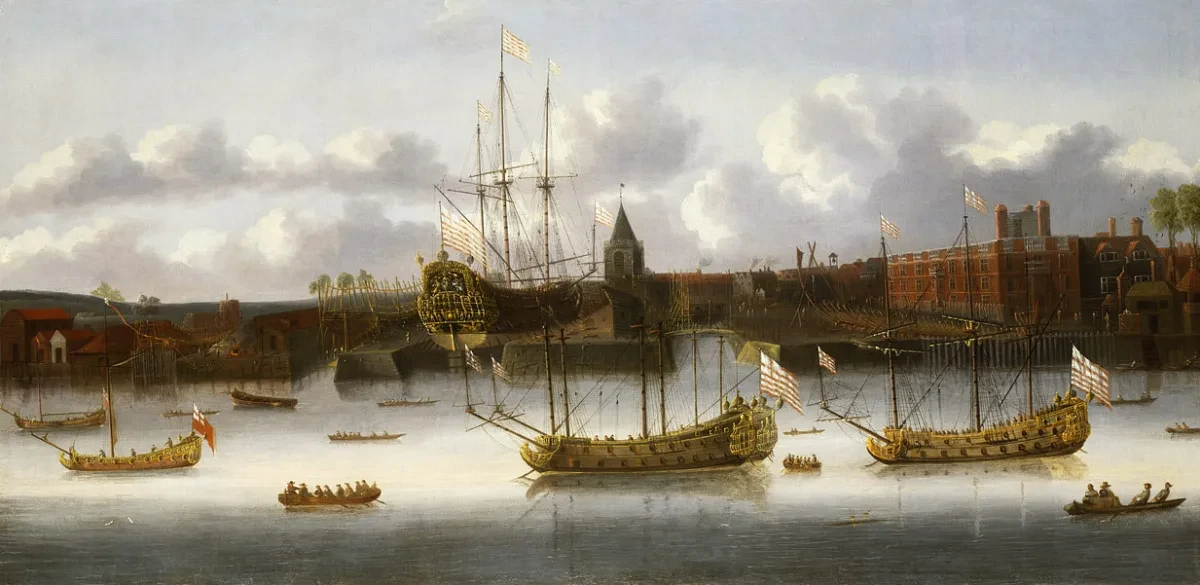
Deptford Dockyard
The naval ships Ruby and Diamond departed Deptford Dockyard in 1652. Both ships were involved in capturing Caribbean islands from Spain. Plantations established on these islands relied on enslaved labour from Africa.
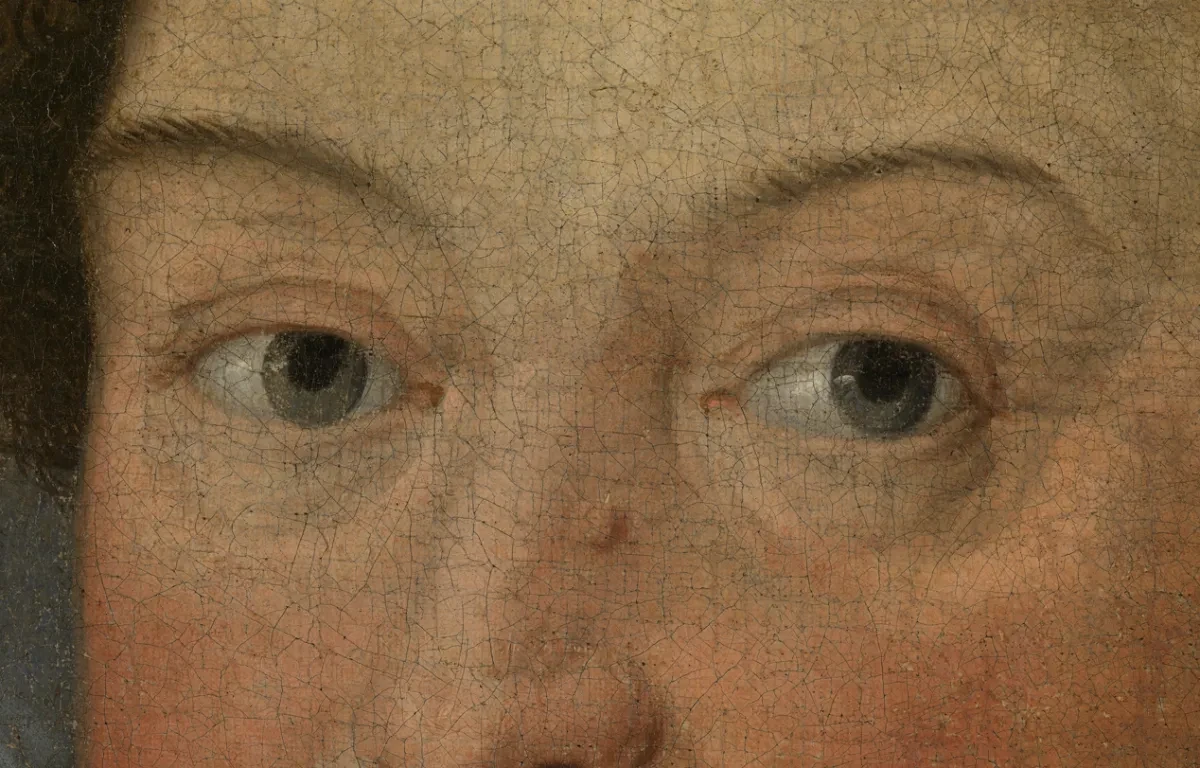
Deptford Town Hall
The front of the Town Hall is decorated with statues, including one of Sir Francis Drake. Drake made three voyages to Africa, two sponsored by Elizabeth I, to capture and trade African people.
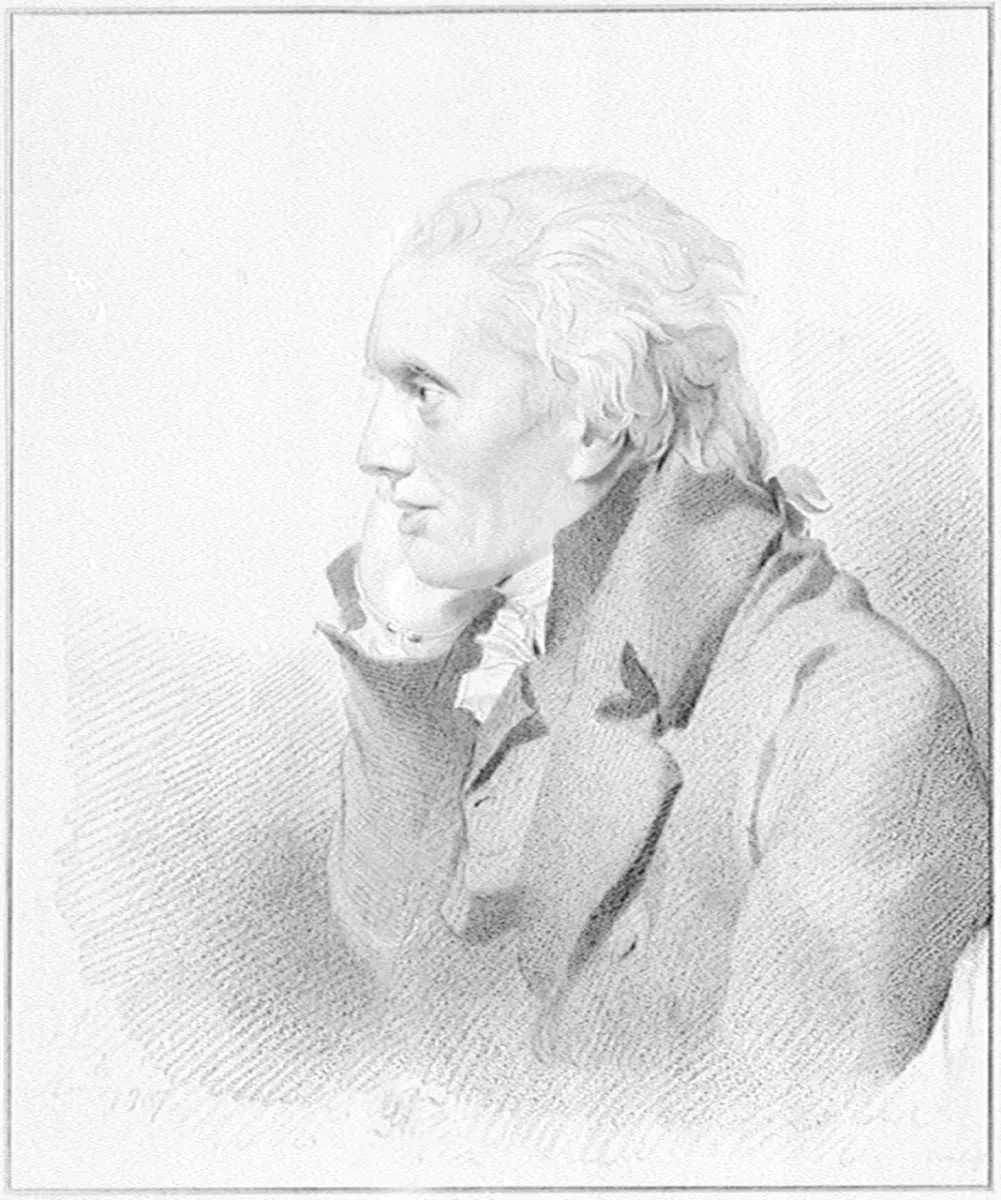
Manor House Library
This house was owned and lived in by generations of London slave traders.
In 1796 it was purchased by Sir Francis Baring, founder of Baring's Bank, which specialised in the financial support of the slave trade. The bank collapsed in 1995.
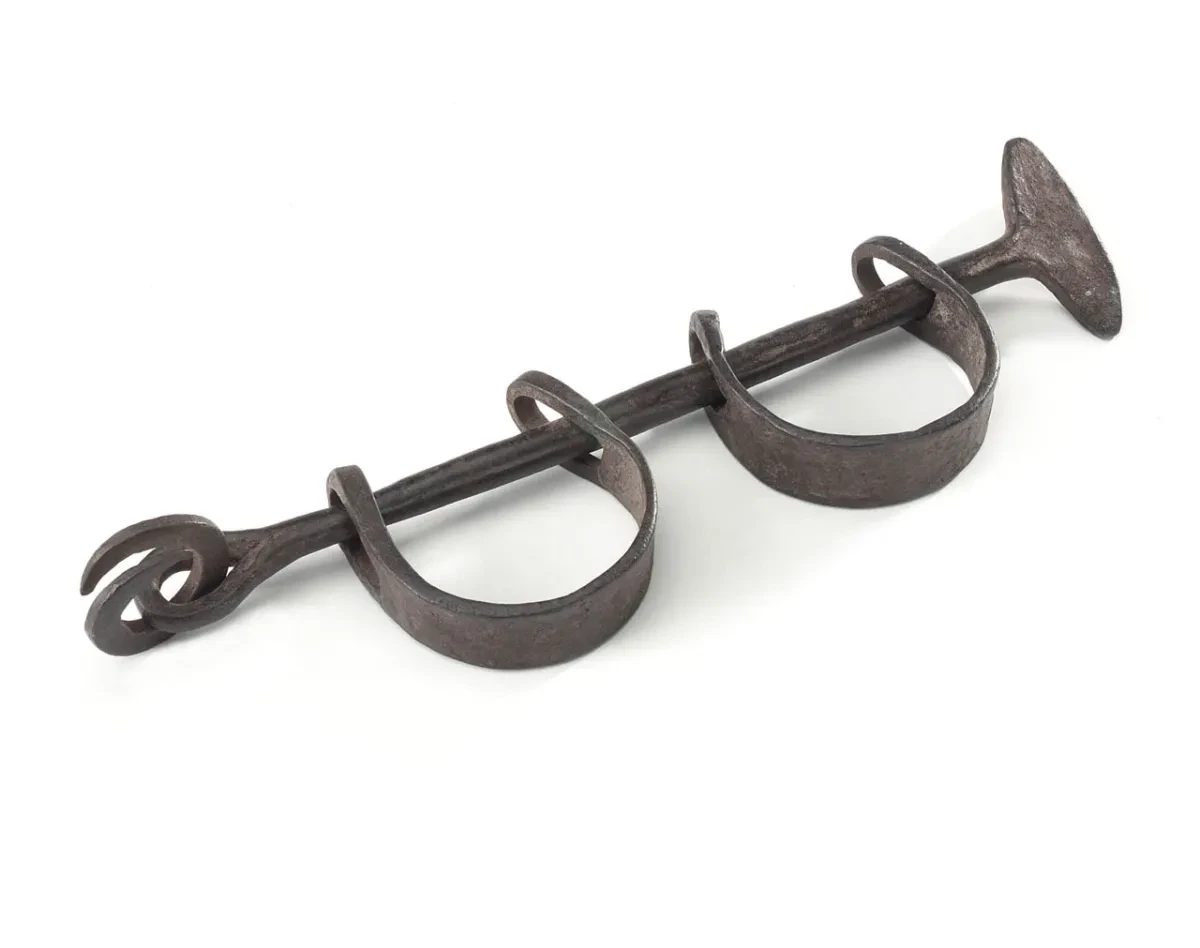
Dartmouth Grove
Home to Thomas King, a partner in Camden, Calvert and King, the largest London slave-trading company. At its peak, the firm was responsible for a fifth of all slaving voyages that sailed from London.
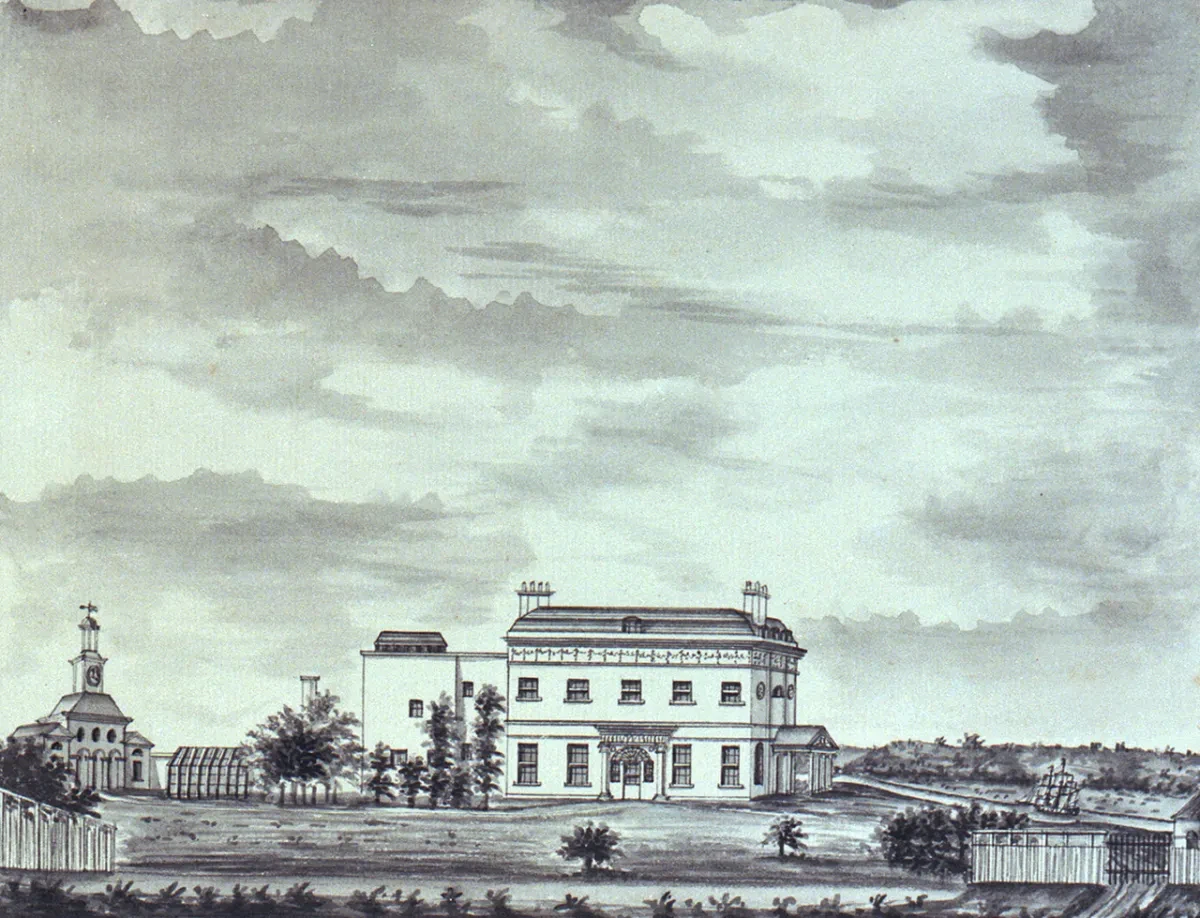
Woodlands House
John Angerstein owned shares in plantations in Grenada. He was Chairman of Lloyd's of London, insuring slaving voyages. Angerstein used his profits from the slave trade to build Woodlands House, and to develop an art collection, which became the founding collection of the National Gallery.
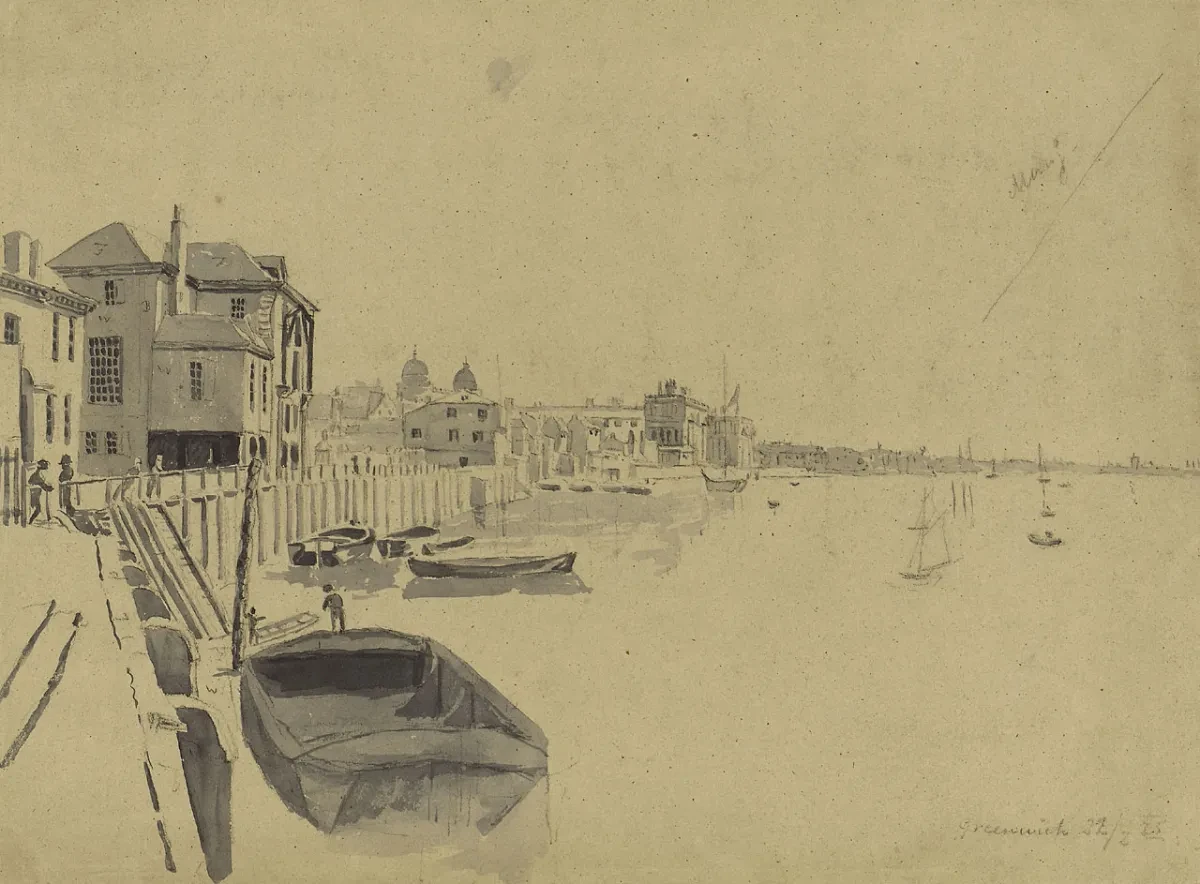
Crowley's Wharf
Crowley's Wharf is named after Ambrose Crowley, a merchant who made ankle irons, manacles and collars to be used in the capture and enslavement of African people.
